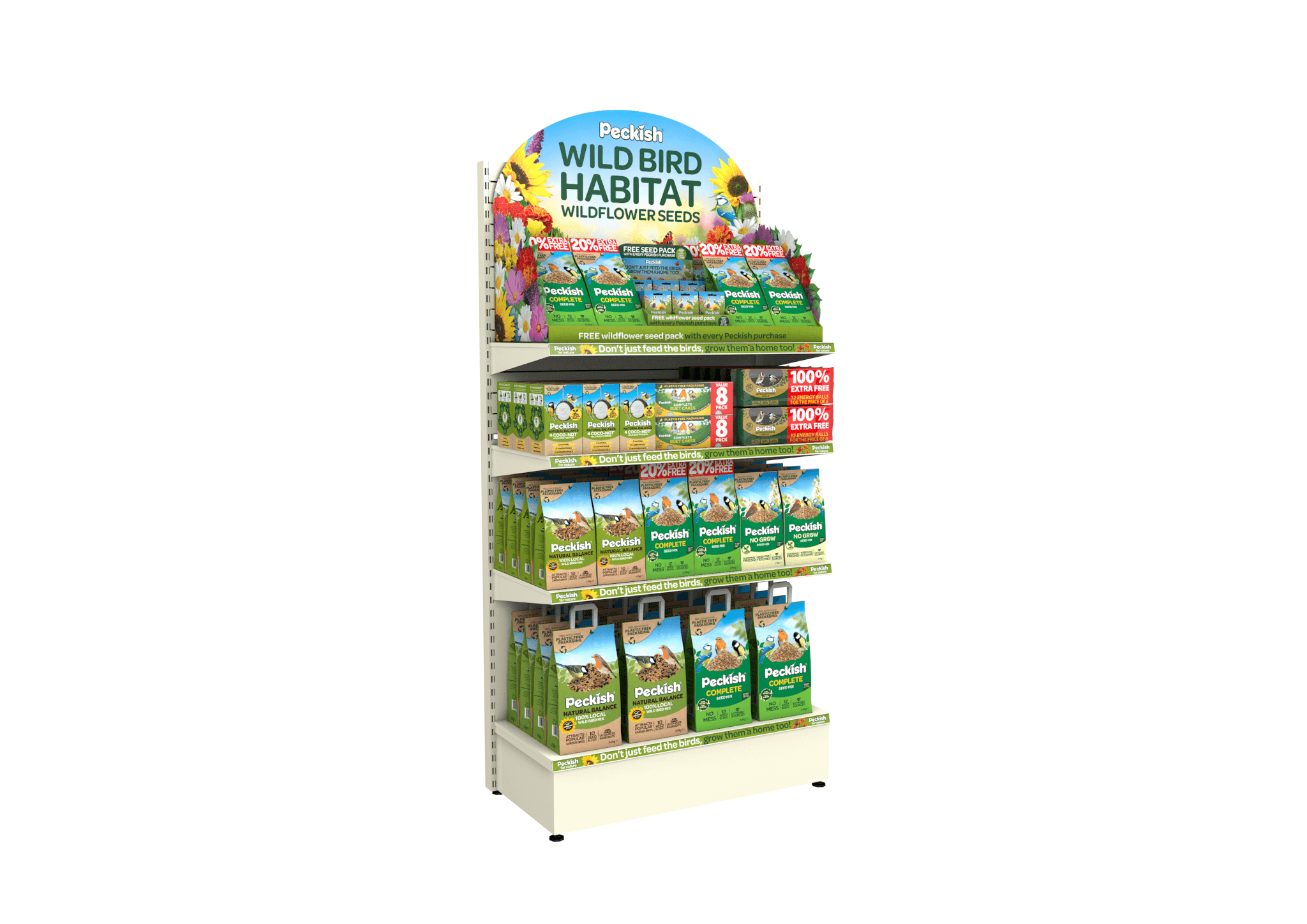New pests facing growers and how to deal with them

Learn about the biggest pests affecting growers today as well as the best natural and chemical way to deal with them.
31 July 2018
Neil Helyer of National Agrochemical Distributors and Fargo provided an introduction to the main pest species of commercial note in Irish horticultural crops; primarily with a focus on nursery, bedding, and pot plants, at GLAS 2018. Check out his presentation below.
Common pests targetting the commercial sector.
Thrips setosus: Japanese or Eastern Flower Thrips
- Polyphagous: very similar host range to WFT.
- Dark brown to black, similar to cereal thrips.
- Virus transmission: TSWV (same as WFT).
- Similar life cycle to WFT: eggs laid in leaves, first and second instar larvae feed in patches on the underside of leaves causing characteristic silvering with minute black faecal pellets.
- Does not feed on pollen but will damage flowers.

Rose thrips: Thrips fuscipennis; new pest of strawberry
- Bronzing on green and red fruit.
- Overwinter in tree bark, weeds such as Rosebay willow, Shepherds Purse and bindweed appear to be favoured host plants.
- Not easily controlled by A. cucumeris.
- Orius laevigatus works well but requires min 18 C.
Mites
Spider Mite – Tetranychus urticae
- Red or two spotted spider mite.
- Can bleach leaves completely.
Lewis Mite – Eotetranychus lewisi
- Targets major host plants (all protected crops)
- Capsicum
- Carica papaya
- Cucumis sativus
- Euphorbia pulcherrima
- Solanum
- Citrus
Spider mite control with predators

Phytoseiulus persimilis
- 1 : 5 – 20 pest day, average 2 eggs laid / day.
- In use over 50 years, on many crops.
- Optimum 22C and 75% Rh.
- Less efficient at low Rh and above 35C.
- Susceptible to many pesticides.
Amblyseius californicus
- Licensed for crops in permanent protection
- 1 : 2 to 10 pest per day, average 1 to 2 eggs laid per day.
- Desert origin, good at high temps and low humidity.
- General scavenger able to survive in absence of prey.
- Reasonable pesticide tolerance.
- Lose carrier and sachets.
Amblyseius andersoni
- UK origin, found in most of Europe.
- Wide host plant range: vines, orchard fruit, coniferous and deciduous trees and shrubs, herbaceous plants, soft fruit etc.
- TSSM, FTSM, CSM, Eotetranychus species, pollen, thrips, rust mites, gall mites, tarsonemid mites etc.
- Most beneficials are sensitive to environmental conditions: food source, temperature and humidity are the most important factors.

Andersoni – main crop uses
- Raspberry – Phytoseiulus persimilis not always effective on true raspberry mite, Eeotetranychus rubi.
- Hardy ornamentals: all mite species – Choysia, Skimia, (for citrus and other mites).
- Roses – replace Amblyseius californicus.
- Protected crops – aubergine, cucumber, pepper, tomatoes.
- Outdoor soft and top fruit- Apples, grapes, hops, pears, strawberry etc.
How predators are used
- As a preventative to control early spidermite outbreaks (they survive well without spidermites).
- As an early spring treatment for spidermites, tolerates high summer temperatures but very low Rh can limit development.
- As a cold-resistant predator, suitable for outdoor crops.
- Survives starvation and lack of water by taking from leaf glands and pollen.
- Less than half the cost of A. californicus.
Bioinsecticide
Read all about FLiPPER from NAD and discover a powerful bioinsecticide broad-spectrum contact insecticide/acaricide to control whitefly, aphids, and spider mites on protected crops of tomatoes, cucumbers, and strawberries.



 Print
Print









Fans 0
Followers